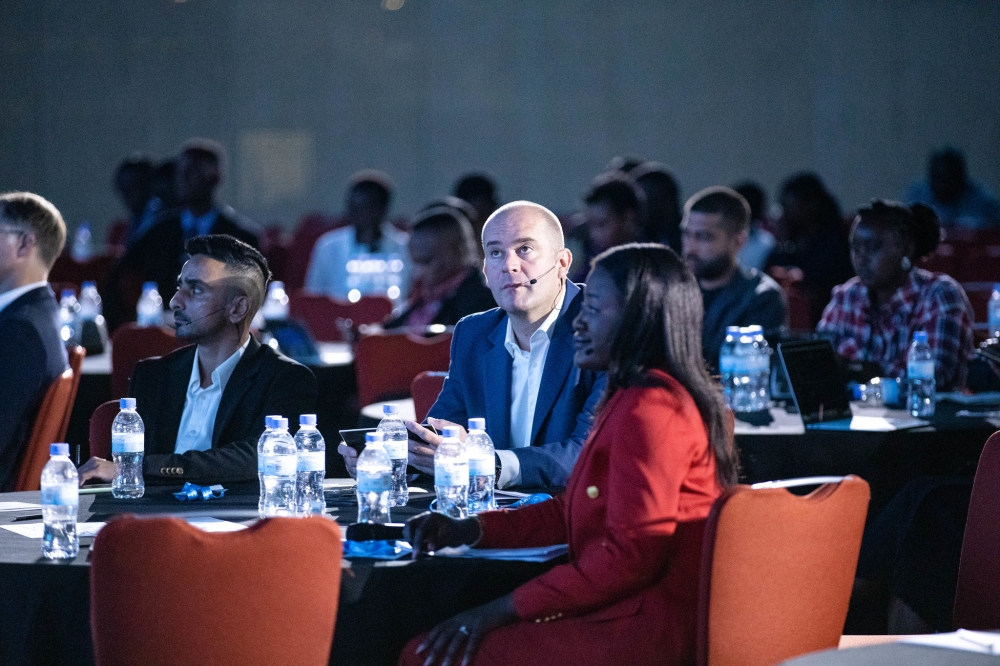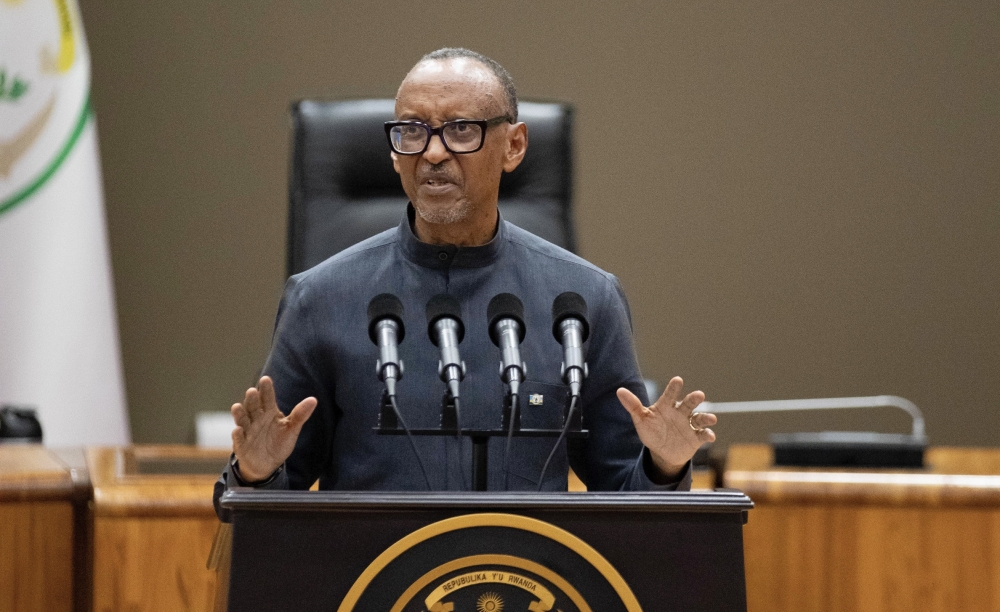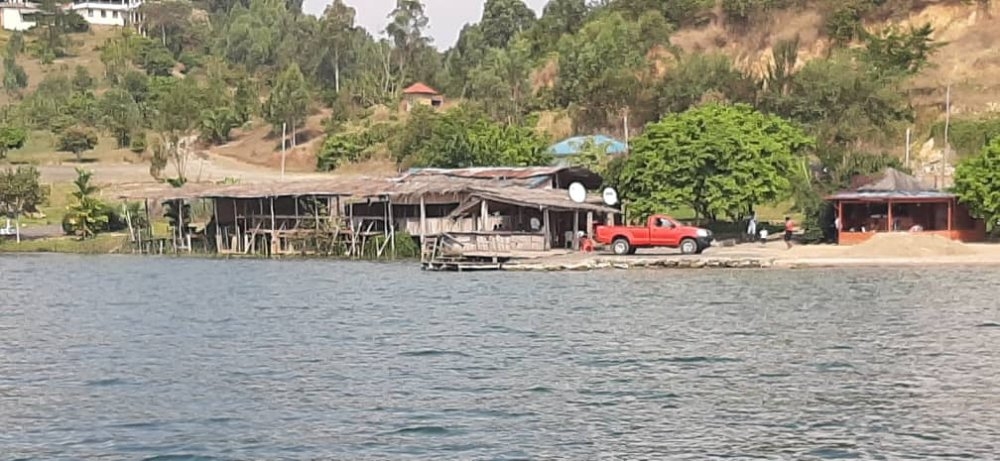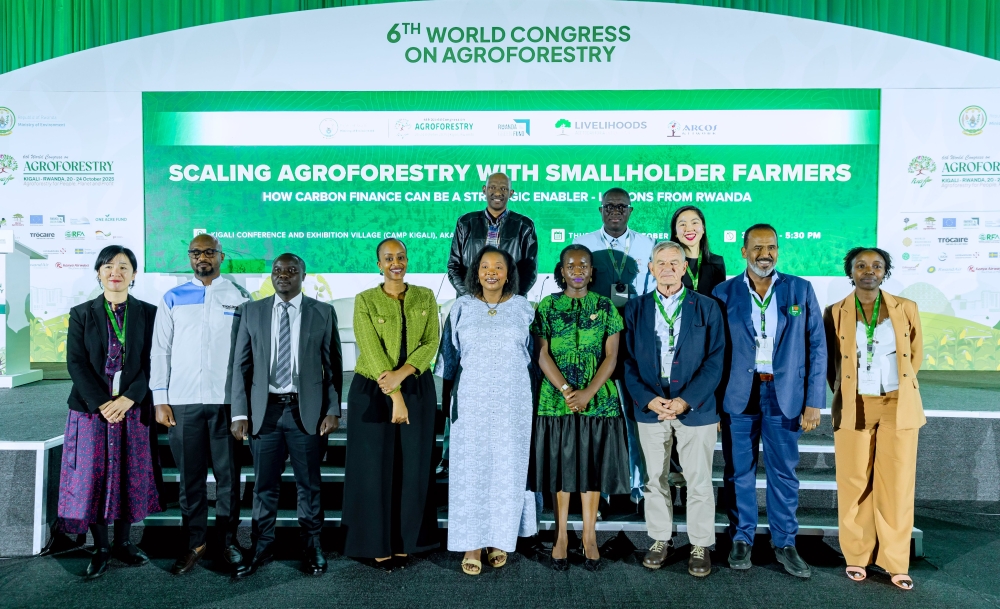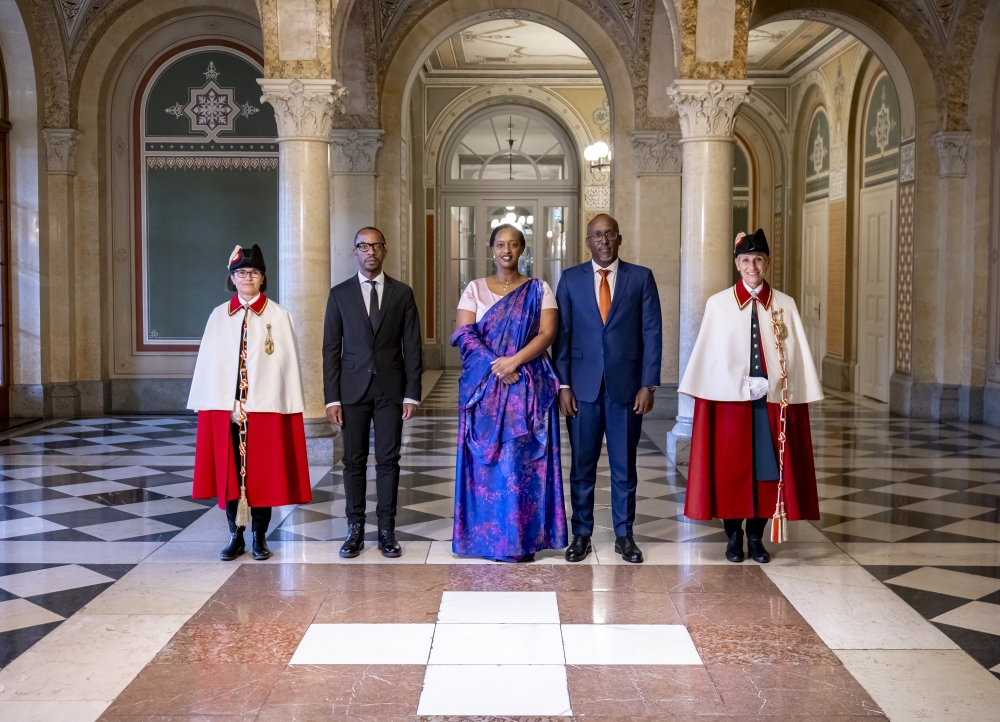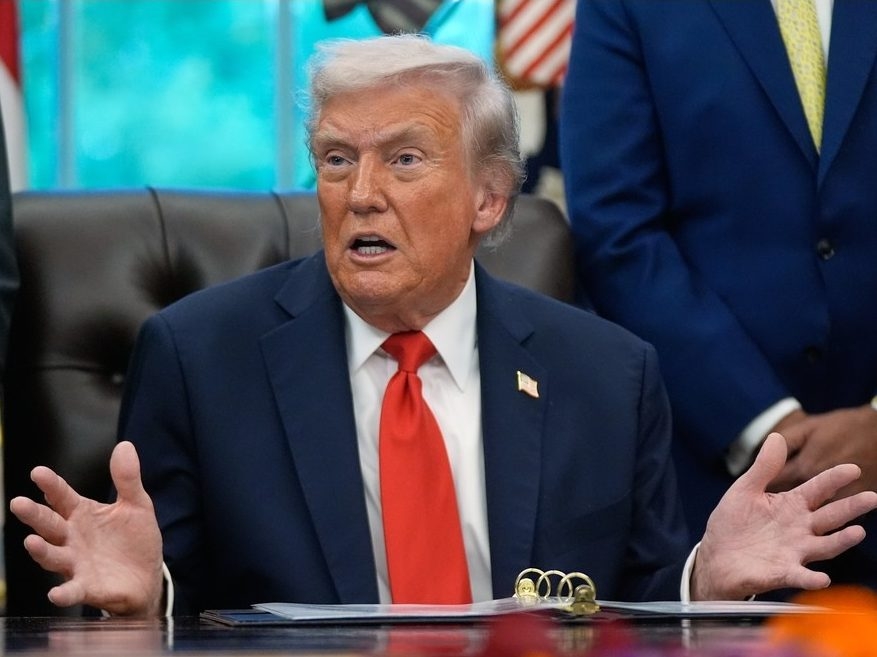To address the high cost of internet-capable devices, one of the biggest barriers to digital inclusion, global technology and telecommunication industry leaders have joined forces through a new initiative aimed at advancing handset affordability in Africa and Asia.
According to the Global System for Mobile Communications Association (GSMA), around 38 percent of the world’s population (about 3 billion people) live in areas covered by mobile broadband but do not use mobile internet services. This ‘usage gap’ is largely driven by the limited affordability and accessibility of smartphones.
ALSO READ: 34% Rwandan households own smartphones – survey
Research also estimates that in Sub-Saharan Africa, a $40 smartphone could guarantee access to the internet for 20 million people, while a $30 handset could enable up to 50 million to get connected.
In the effort to address the affordability challenge, GSMA, in collaboration with other industry players, came up with the ‘Handset Affordability Coalition,’ an initiative designed to make smartphones more affordable, particularly in Africa and Asia, the two regions with the lowest adoption of internet-enabled phones globally.
The announcement was highlighted during the Mobile World Congress (MWC) Africa, held in Kigali from October 21 to 23.
In an exclusive interview with The New Times, John Giusti, GSMA’s Deputy Director General, said hosting MWC Africa in Kigali reflected Rwanda’s growing influence as a leader in digital transformation.
“Being able to convene here and bring all the relevant stakeholders together from the mobile operator community, the device community, the broader innovative ecosystem, fintech, and of course governments and regulators, is really allowing us to come together around our shared goal of connecting everyone everywhere,” he said.
He noted that two-thirds of Africa’s population remains unconnected to mobile internet, despite increasing network coverage. The Handset Affordability Coalition, he added, brings together six of the continent’s largest operators, namely Airtel, Axian Telecom, Ethio Telecom, MTN, Orange, and Vodacom, alongside global organizations such as the International Telecommunication Union (ITU) and the World Bank.
“We brought together device manufacturers, international organizations like the International Telecommunication Union and the World Bank to start looking at what the challenges are, the problems, and how we can drive down the cost of smartphones and how we can look at opportunities for de-risking device financing to get more people the opportunity to have a smartphone in their hands,” Giusti explained.
He acknowledged the progress made in expanding broadband coverage, which now leaves only about nine percent of Africa uncovered. However, he stressed that the cost disparity of smartphones remains one of the biggest barriers to achieving digital equity.
“All six operators came together, agreed on these basic ideas of what should be included, and now we're taking that to the device manufacturer community,” he explained.
“I'm very optimistic that we're going to start to see here in Rwanda and in other markets across Africa more options for devices that can reach at lower price points.”
Building digital skills, protecting the environment
Giusti also underscored the importance of digital literacy in complementing smartphone accessibility. He said operators across Africa are training customers on how to use digital tools effectively, helping them unlock new opportunities in entrepreneurship, trade, and agriculture.
ALSO READ: New digital hub to bridge youth skills gap
He noted that even with reduced prices, many low-income users will still need flexible payment options.
“We continue to explore new and innovative ways to de-risk the financing of devices because even at low price points, some parts of the population will have a difficult time buying it in one fell swoop,” he noted.
“They're going to need to pay for it over time, so how can we make sure that that financing mechanism is in place and in a way that the operator is comfortable they're not going to lose too many of the devices in that process.”
ALSO READ: Experts warn of health risks as Govt tightens e-waste rules
The government of Rwanda is pushing for e-waste management, where producers of electronic and electrical equipment(EEE) are mandated to take responsibility for end-of-life management of their products.
According to Enviroserve Rwanda, an e-waste recycling facility in Bugesera District, the country generates between 9,000 and 15,000 tonnes of e-waste annually, but around 80 percent remains uncollected and untreated.
Giusti emphasized that, as the journey to ensuring the affordability and accessibility of smartphones advances, environmental conservation remains a key factor of implementation. He emphasized that operators globally are making sure that there are specific recommendations about device recycling and reusing.
“Many of the operators here across Africa are already deploying these solutions,” he said.
“First and foremost, we need to make more people connected, and then we can make sure that at the same time, those devices, as they go through their normal course of life that they're not disposed of irresponsibly in the end.”
